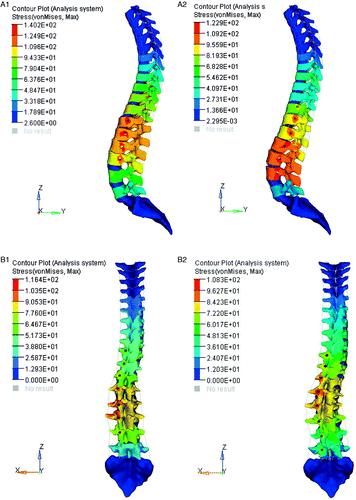Figures & data
Figure 1. Frontal (a) and lateral (b) views of the finite element model of the 15-year-old female Lenke type 5 AIS patient finite element model.
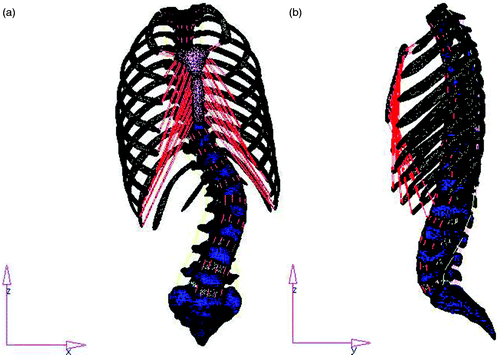
Figure 2. The finite element model of the anterior screw-rod system. An ideal bonding interface was adopted for the interface between the screw and the spine, restricting all degrees of freedom in the interface of the vertebrae and screw. The interface between the screw and rod was defined as the surface-to-surface contact, and column articulations were created in the centers of the screw and rod.
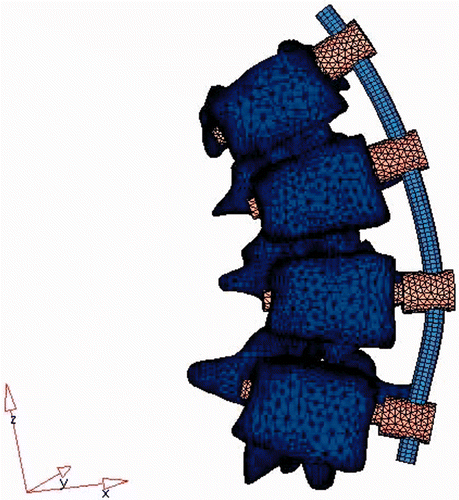
Figure 3. The coronal plane Cobb angle of scoliosis after applying the four different solutions. After compression, the four solutions yielded almost identical results for the final scoliosis correction of deformity in the coronal plane.
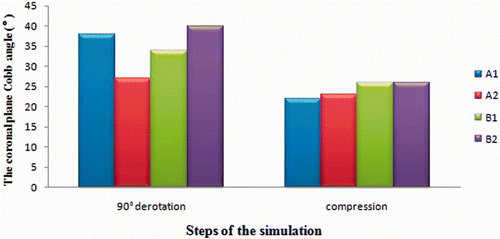
Figure 4. The sagittal plane Cobb angle of scoliosis after applying the four different solutions. After compression, the normal curvature in the sagittal plane (T10-L2, T12-L5) could be maintained.
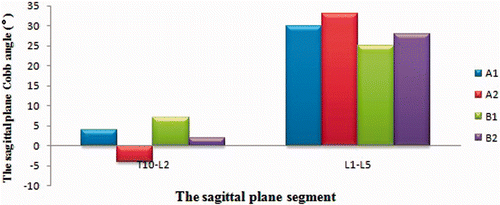
Figure 5. Measurement of the L2 vertebral rotation correction angle. (a) The correct angle of the apical vertebrae was 20.46° after rotating the rod in A2. (b) The final angle after compression was 41.68° for A2. (c) The correct angle of the apical vertebrae was 30.19° after rotating the rod in B1. (d) The final angle after compression was 37.79° for B1.
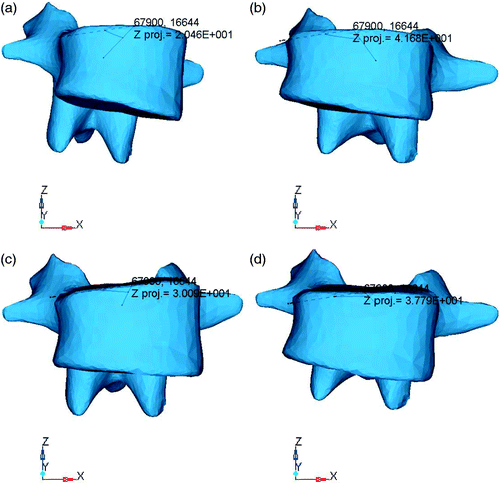
Figure 6. Final spine stress distribution for the four solutions after the orthopedic correction procedure. The stress on most regions around the screw holes with solution A1 was greater than the ultimate strength of bone (120 Mpa), but with the other three solutions only a few nodes had stress exceeding this value.
